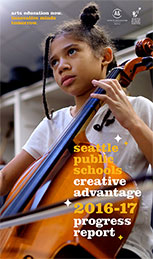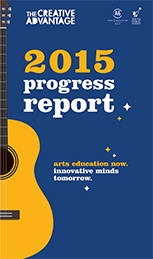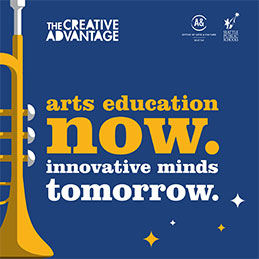The Creative Advantage Community Arts Partnership Report
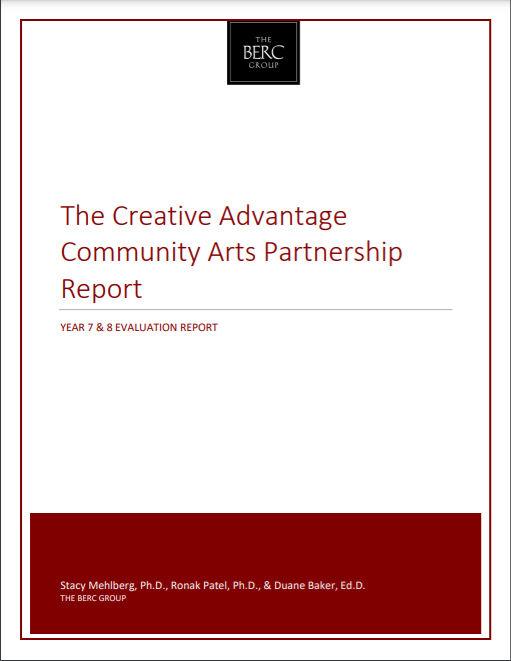
February 2022 – In March 2020, schools across the nation closed their doors in response to the COVID-19 pandemic. This report examines the 2019-2020 and 2020-2021 school years, and captures the ways The Creative Advantage community of teachers and teaching artists persisted, problem-solved, and innovated to keep arts partnerships afloat despite unprecedented challenges.
Creative Youth Development: Engaging Students of Color Experiencing Housing Instability in Seattle Public Schools
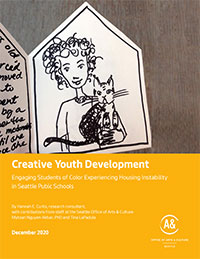
December 2020 – The second in a two-part series, this report gives in-depth context and evidence for arts education strategies that engage young people of color, a significant number of whom are experiencing housing instability.
Creative Youth Development: Arts Strategies for Engaging Unstably Housed and Homeless Youth
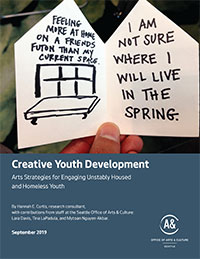
September 2019 – The first in a two-part series, this report provides foundational research on best practices for Creative Youth Development (CYD) and arts-based learning with unstably housed and homeless youth populations, and other key aspects of project implementation.
The Creative Advantage Year 5 Evaluation Report
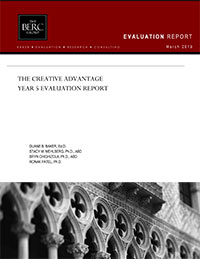
March 2019 – During Year 5, the Central Arts Pathway was in its first-year post-implementation, while the South-Southwest Arts Pathway was entering into its fourth and final year of implementation. Additionally, the Southeast Arts Region was engaging in its regional planning. A unique aspect of The Creative Advantage continued to be the importance of empowering each school, pathway, and region to structure the initiative in a way that best met the community’s needs and resources.
Creative Strategies for Career Connected Learning: Youth Voice in the Media Classroom
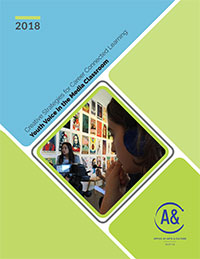
November 2018 – The national framework known as creative youth development takes a holistic, asset-based, and artistically rigorous approach to helping young people thrive and actualize their whole selves. Informed by these practices and their vision, this report takes as a starting point that arts and culture matter in the lives of youth for developing other skills and traits.
The Creative Advantage Year 4 Evaluation Report
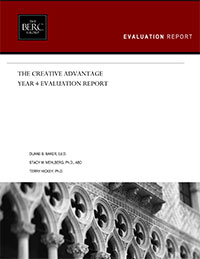
This Year 4 evaluation focuses on several desired outcomes of The Creative Advantage during the 2016-17 school year, including increasing access to high-quality arts classes, increasing equity across the district, impacting student learning, and supporting teachers in integrating the arts by providing focused professional development opportunities.
The Creative Advantage 2016-17 Progress Report
The Creative Advantage Year 3 Evaluation Report
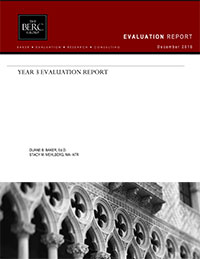
December 2016 – This evaluation focused on three main components of the Creative Advantage for the 2015-16 school year: regional and school arts planning, the impact of the Creative Advantage on student learning, and practice of 21st Century skills and professional development for SPS teachers and teaching artists.
The Creative Advantage 2015 Progress Report
The Creative Advantage Year 2 Evaluation Report
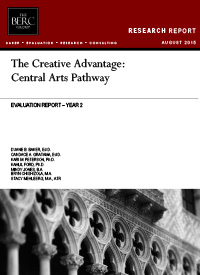
August 2015 – This report evaluates the progress of The Creative Advantage in the Central Arts Pathway during year 2 of the initiative, as well as presents baseline data for the South-Southwest Arts Pathway during their regional planning year.
The Creative Advantage Year 1 Evaluation Report
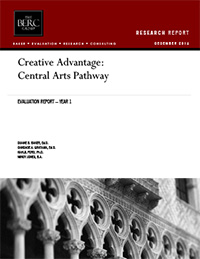
December 2014 – To assess the collective impact of this initiative, researchers analyzed data specific to the arts, including minutes of instruction with an arts specialist in the elementary schools and the number of credits taken at the secondary level, as well as data aligned with collective impact goals, such as student assessment results; graduation rates; attendance rates; discipline rates; course taking patterns; and college attendance, persistence, and graduation data. In addition, researchers assessed the extent to which 21st Century Skills are used in the classrooms. The majority of the data points are only available for Year 1 of the initiative and represent baseline results. When additional years become available, researchers will conduct analyses to assess the impact.
Seattle K-12 Arts Plan
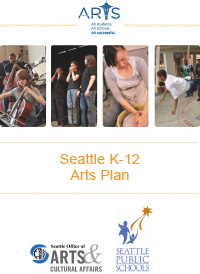
March 2013 – The Seattle K-12 Arts Plan outlines the goals that SPS, our community, the City, and our partners have agreed are critical for our students and the strategies and tactics that will ensure we meet our obligation— that all students in all SPS schools have the opportunity to learn through the arts.
Seattle Arts Access Full Report
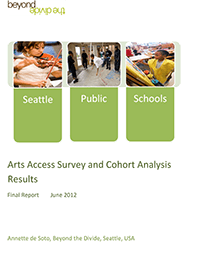
June 2012 – This report presents an overview of the results from the Arts Access Survey distributed to schools in the Seattle Public School District in November 2011 – January 2012 and post-survey interviews conducted March-May 2012. In addition, key results from a Cohort Analysis are included, detailing demographic trends identified from an analysis of student art course enrollment data from 2006 – 2012.
